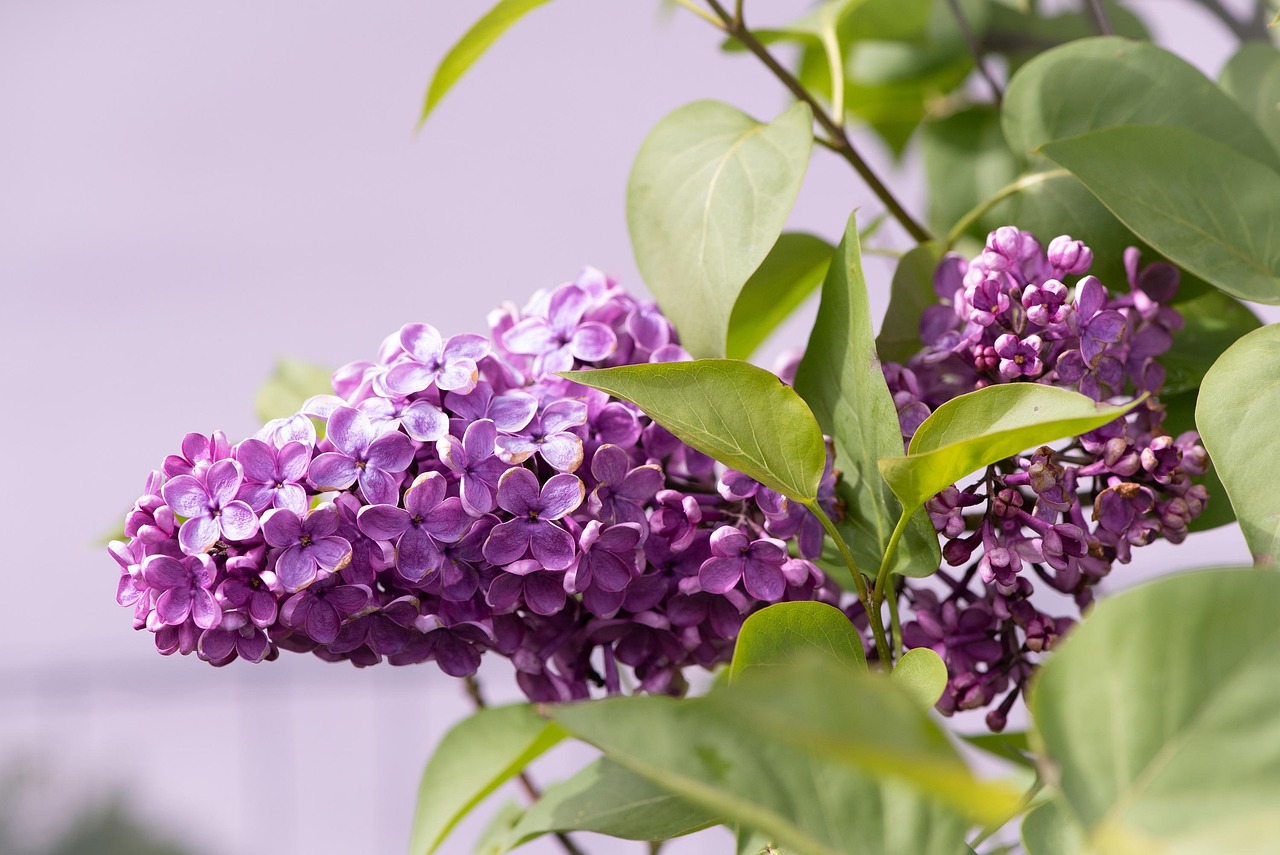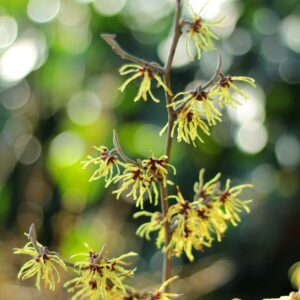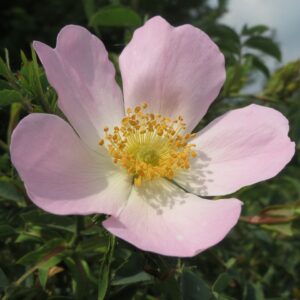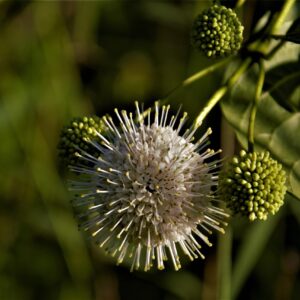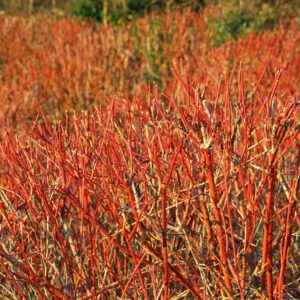Common Lilac (Syringa vulgaris) – A Classic Fragrant Shrub
The Common Lilac is a deciduous, multi-stemmed shrub known for its highly fragrant, cone-shaped clusters of purple to lavender flowers. Native to southeastern Europe, it has become a beloved ornamental plant in gardens worldwide due to its hardiness, showy blooms, and strong fragrance. It is a pollinator-friendly, low-maintenance shrub that thrives in cooler climates and provides year-round interest with its lush green foliage and attractive bark.
Flowers: Dense, cone-shaped clusters (panicles) of small, tubular, four-petaled flowers. Typically light purple to deep lavender, but cultivars exist in white, pink, magenta, and even yellow. Extremely fragrant, attracting bees, butterflies, and hummingbirds. Blooms in mid-to-late spring (April to June), lasting about 2-3 weeks.
Height & Spread: Grows 8 to 15 feet tall with a spread of 6 to 12 feet. Forms a dense, rounded shrub with multiple stems.
Leaves: Heart-shaped, dark green leaves, opposite on the stem. 2 to 5 inches long, with a smooth, slightly glossy surface. Foliage remains lush through summer but does not produce significant fall color.
Stem & Growth Habit: Upright, woody stems, often forming thickets through suckering. Bark is light gray-brown, becoming rougher with age. Grows slowly to moderately, with an average lifespan of 50+ years.
Roots: Fibrous, shallow root system, which allows for easy transplanting. Can form root suckers, leading to colonization if not pruned.
Habitat & Range: Native to southeastern Europe, widely cultivated in North America, Europe, and Asia. Prefers cool climates and thrives in temperate regions. Grows best in full sun with well-drained, fertile soil.
Pollinators & Wildlife: Attracts bees, butterflies, and hummingbirds, serving as an early nectar source. Deer-resistant due to its tough, aromatic foliage.
Symbol of Spring & Remembrance: Often planted for its association with springtime renewal and memories of old gardens and homesteads.
Long-Lived & Hardy: Some Common Lilacs live for over 100 years, becoming legacy plants in gardens.
Cold-Hardy Shrub: Can withstand temperatures as low as -30°F, making it ideal for northern gardens.
Can Be Pruned Into a Small Tree: When trained, mature lilacs can grow into a small ornamental tree, adding structure to landscapes.
Growing Common Lilac: Best for cottage gardens, hedgerows, and pollinator-friendly landscapes. Thrives in full sun (6+ hours daily) and prefers well-drained, neutral to slightly alkaline soil. Cold-hardy and drought-tolerant once established. Prune after flowering to maintain shape and remove spent blooms. Minimal pest issues, though powdery mildew may appear in humid conditions.

